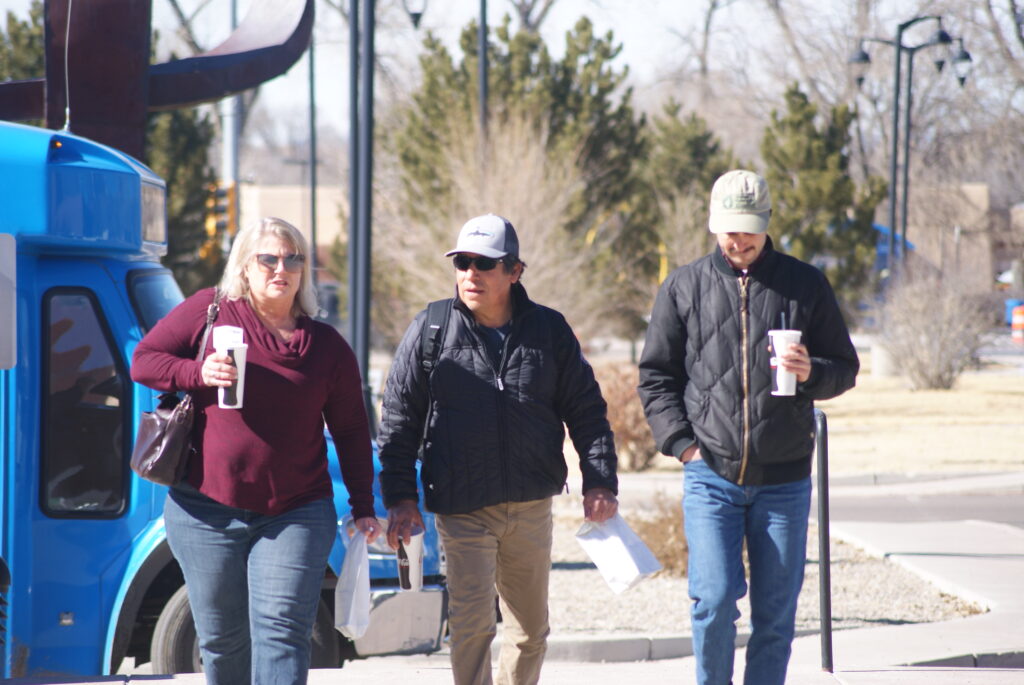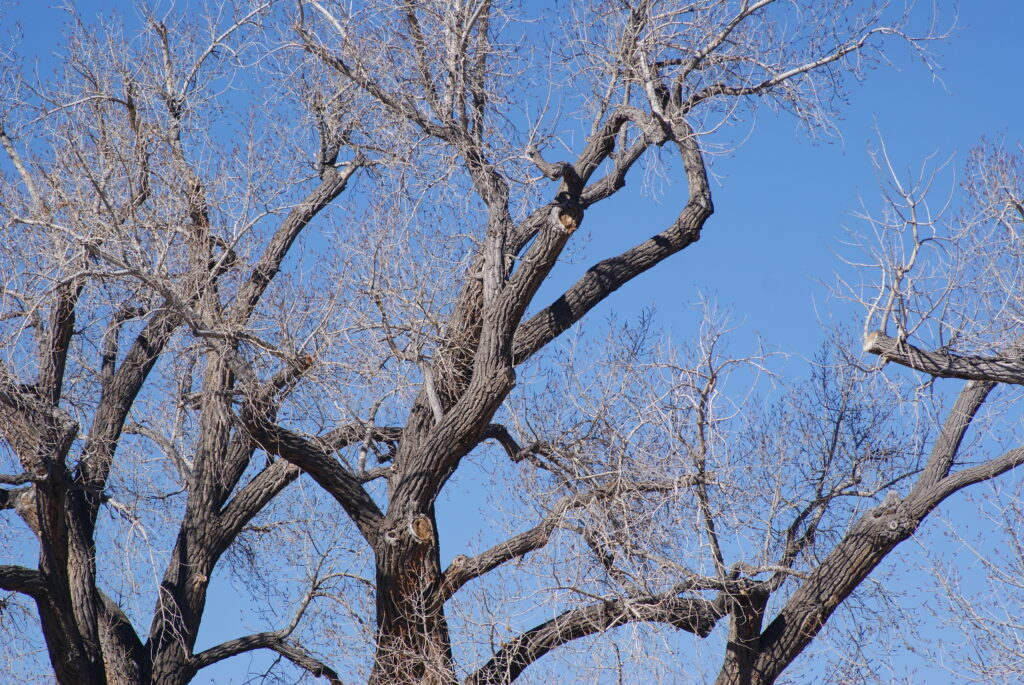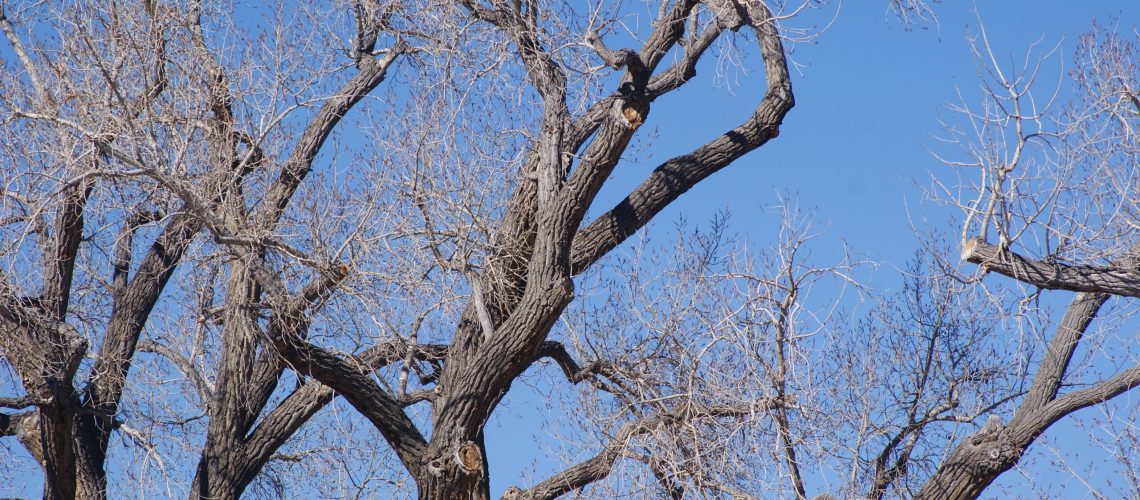How do you know if someone is being authentic? Just as importantly, how do you ensure that you are?
I’ve often heard that building trust is a function of consistency over time. But how much time? Who decides? I had a conversation at the 2-3-2 Partnership meeting in early February in Taos with John Waconda, the Indigenous Partnerships Program Director for the Nature Conservancy. We were discussing the 2-3-2 Multiparty Monitoring Plan and the idea of measuring what’s important, not just what is quantifiable. John brought up the idea of trust. How can you measure that? And along with that, how can you measure authenticity? Both are vital to successfully navigating socio-environmental challenges (and everyday challenges for that matter). Developing trust, I would argue, is a more complex equation than merely consistency over time. And it most certainly includes being authentic.

Determining between falsehoods and truth has never been easy — lies and deceit have played a role in societies for millennia, sometimes unintentionally. There’s also the challenge to be authentic oneself, to show up for commitments and agreements, to be accountable. That may be even more difficult than discerning if someone else is doing so. It’s one thing to observe it — it is entirely something else to walk the walk.
As a collaborative, we are always striving to work together, empower our partners, find common ground, and share and uplift each other’s work. We’re also looking to be authentic, especially in regards to the communities we serve. I should say that looking to be authentic is not good enough. Striving is not good enough. Transactional agreements are not good enough. Celebrating too early is not good enough either.

Authentic engagement doesn’t end. There is no time frame or contract. Perhaps that is why it’s so difficult. Our systems of funding, governance, and organization are set up to have limits in time and funding. And we often keep our plans for engagement closely tied to those limits.
Therefore we have to divorce ourselves from the idea that authentic engagement takes anything more than a willingness to do so. Frankly it should be the only way we engage at all, funding or not, objectives or not, timeline or not. There is no legitimate reason to not engage authentically.
Now, let’s step away from the theoretical and into the goals of the 232 Partnership. Our landscape includes numerous communities, land grants and tribes. We have adopted the goal of fostering resilient communities, and we should hold true to that goal. We must hold true to it even if the funding opportunities change.
During the last full partnership meeting in Taos, we had a learning exchange with folks from the Cerro Negro Forest Council, Rio de las Trampas Forest Council, and Santa Barbara Land Grant. The talk was facilitated by JR Logan, Taos County Forest and Watershed Health Program Manager. These groups are outside of the 2-3-2 landscape, but are neighbors and therefore care about and are affected by what happens within the 2-3-2.
The discussion focused on community-centered forestry and watershed management. That sort of title just rolls off the tongue and looks nice on any objective sheet. But the whole point of community-centered work is that it’s authentic. It’s not the role of the 232 Partnership to take credit for achievements, or amass an impressive list of accomplishments. The true role is to meet people with reverence and equality, to see the value and competence in others, to honor needs and challenges. It’s simultaneously asking how our communities can contribute to our shared goals for the environment and how we can contribute to the goals of the community.
Now what’s special is that the learning exchange showed what this looks like in practice — or at least what the beginnings of it looks like in practice because, like I said, authentic engagement is a forever sort of deal. The people of Cerro Negro, Santa Barbara and Las Trampas have intimate connections with the forest just as many people do within the 2-3-2 boundary. Empowering that connection, not limiting or controlling it, is a vital step toward trust. But it’s important to be authentic in that empowerment, separating timelines, expectations and positions from what really matters.
A difficult history of inauthentic engagement permeates the present. That won’t be erased. But that is no reason to avoid it. The problem is, the more failed attempts at authentic engagement, the harder it is to remedy. It’s a deep hole to climb out of, and that’s uncomfortable, like I said earlier. But we have to start somewhere, and this just happens to be where we’re starting.
So what is authentic engagement? How do you define such a thing anyway? According to this article, the act of convening — bringing people together — can be a tool for authentic engagement. Thankfully, our role as the 2-3-2 is to do just that; to create space and provide a forum for all voices that is easy on people and hard on issues.
We can also turn our gaze to nature for inspiration (something we should do more often in my opinion). Imagine a tree; all the way from seed to old growth giant. Its entire life, it is authentically engaging with the soil, with nutrients, mycelium, birds, chipmunks, sunlight, the air, and even unseen particles. There is a constant give and take, a beautiful dance of interdependence. The tree doesn’t stop doing those things when it feels like it, when it’s had enough, when it’s reached its own needs, when it’s simply hard to do. It doesn’t stop until it has reached the end of its life. That’s the relationships we are looking to foster. That’s the type of engagement we value. That’s authentic.

It’s both intention and follow through… indefinitely.
In a way, we won’t know that we’ve been authentic until it’s too late to have been anything else. We have to dedicate ourselves to it. It has to be who we are. We gotta be like a tree!

